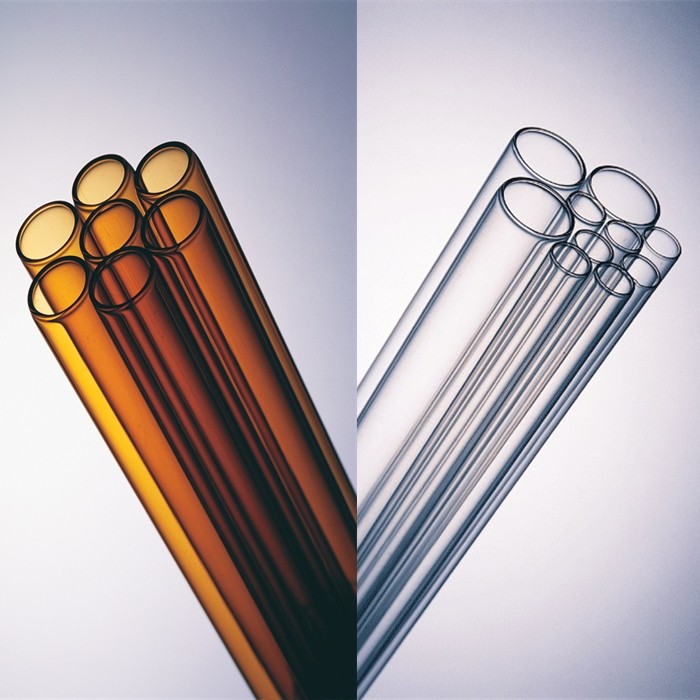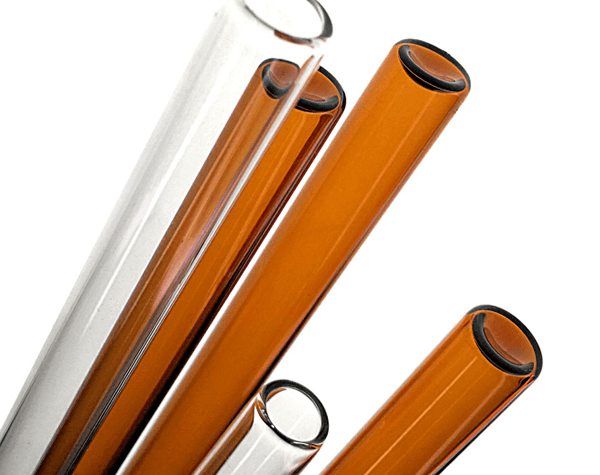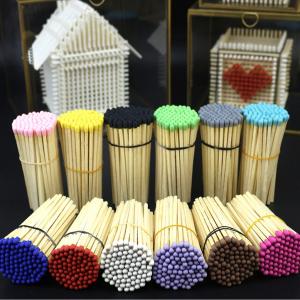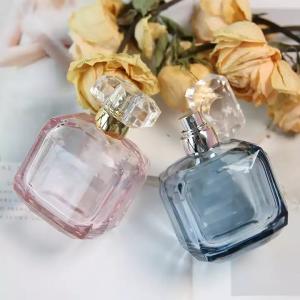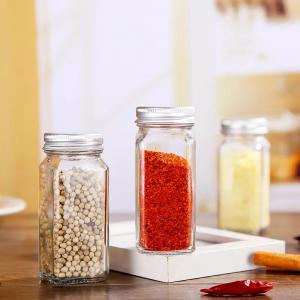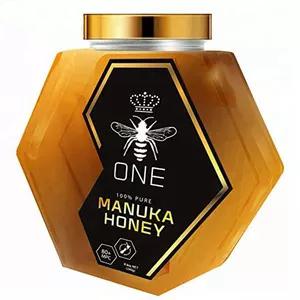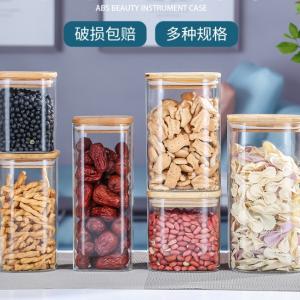Description
Neutral Pharmaceutical Glass Tube with Great Hydrolytic Resistance Performance
Features
| Main Composition (%) | ||||||
|---|---|---|---|---|---|---|
| SiO2 | B2O3 | Na2O | BaO | CaO | AI2O3 | |
| 73 | 10 | 7 | 2 | 1 | 6 | |
| Physical properties | ||||||
| Coefficient of mean linear thermal expansion at (20 °C; 300 °C) acc. to ISO 7991 | 4.9 × 10-6 K-1 | |||||
| Transformation temperature Tg | 515 °C | |||||
| Glass temperature at annealing point logη=13 | 535 °C | |||||
| Glass temperature at soft point logη=7.6 | 783 °C | |||||
| Glass temperature at working point logη=4 | 1020 °C | |||||
| Density p at 25 °C | 2.32 g/cm3 | |||||
| Chemical properties | ||||||
| Hydrolytic resistance | Class | |||||
| Acc. to ISO 719 | HGB1 | |||||
| Acc. to USP 25 | Type I | |||||
| Acid resistance | A I | |||||
| Alkali reistance | A2 | |||||
Limit Values in the Hydrolytic Resistance Grains Test (Boiling Water Test)
| Class | Consumption of hydrolytic acid solution (4.2) per gram of glass grains (ml/g) | Equivalent of alkali expressed as mass of sodium oxide (Na2O) per gram of glass grains (μg/g) |
|---|---|---|
| HGB1 | Up to and including 0.10 | Up to and including 31 |
| HGB2 | From 0.10 up to and including 0.20 | From 31 up to and including 62 |
| HGB3 | From 0.20 up to and including 0.85 | From 62 up to and including 264 |
| HGB4 | From 0.85 up to and including 2.0 | From 264 up to and including 620 |
| HGB5 | From 2.0 up to and including 3.5 | From 620 up to and including 1085 |
| Notes: "HGB" stands for the hydrolytic resistance of glass grains according to the boiling water test method. | ||
Benefits
- High chemical resistance, neutrality, leak-tightness and stability
- Optional glass-tube coating for protection against scratches
- Application-specific cutting of tube ends
- Protection from contamination during transport and processing into flasks and ampoules
Specification
| Outside Diameter Range (mm) | Wall Thickness Range (mm) | Outside Diameter Tolerance (mm) | Wall Thickness Tolerance (mm) |
|---|---|---|---|
| 6.0–8.9 | 0.60–0.95 | ±0.15 | ±0.03 |
| 1.00–1.15 | ±0.15 | ±0.04 | |
| 1.20–1.40 | ±0.20 | ±0.04 | |
| 9.0–13.5 | 0.50–0.55 | ±0.13 | ±0.02 |
| 0.60–1.00 | ±0.15 | ±0.03 | |
| 1.05–1.35 | ±0.20 | ±0.04 | |
| 1.40–1.50 | ±0.25 | ±0.05 | |
| 13.6–15.5 | 0.50–0.55 | ±0.13 | ±0.02 |
| 0.60–1.00 | ±0.18 | ±0.03 | |
| 1.10–1.35 | ±0.20 | ±0.04 | |
| 1.40–1.50 | ±0.25 | ±0.05 | |
| 15.6–19.9 | 0.50–0.60 | ±0.15 | ±0.03 |
| 0.65–1.35 | ±0.20 | ±0.04 | |
| 1.40–1.60 | ±0.30 | ±0.05 | |
| 20.0–23.5 | 0.55–1.20 | ±0.20 | ±0.04 |
| 1.25–1.35 | ±0.24 | ±0.05 | |
| 1.40–1.60 | ±0.30 | ±0.06 | |
| 23.6–24.9 | 0.55–1.05 | ±0.20 | ±0.04 |
| 1.10–1.35 | ±0.24 | ±0.05 | |
| 1.40–1.60 | ±0.30 | ±0.06 | |
| 25.0–28.0 | 0.55–0.65 | ±0.25 | ±0.04 |
| 1.10–1.35 | ±0.25 | ±0.05 | |
| 1.40–1.60 | ±0.30 | ±0.06 | |
| 28.1–29.9 | 0.55–1.05 | ±0.25 | ±0.04 |
| 1.10–1.35 | ±0.25 | ±0.05 | |
| 1.40–1.60 | ±0.30 | ±0.06 | |
| 30.0–32.0 | 1.00–1.35 | ±0.30 | ±0.05 |
| 1.40–1.50 | ±0.40 | ±0.08 |
Application
Pharmaceutical glass tubes are commonly used to produce high-quality vials, ampoules and cartridges for the primary pharmaceutical packaging made of neutral borosilicate glass.
